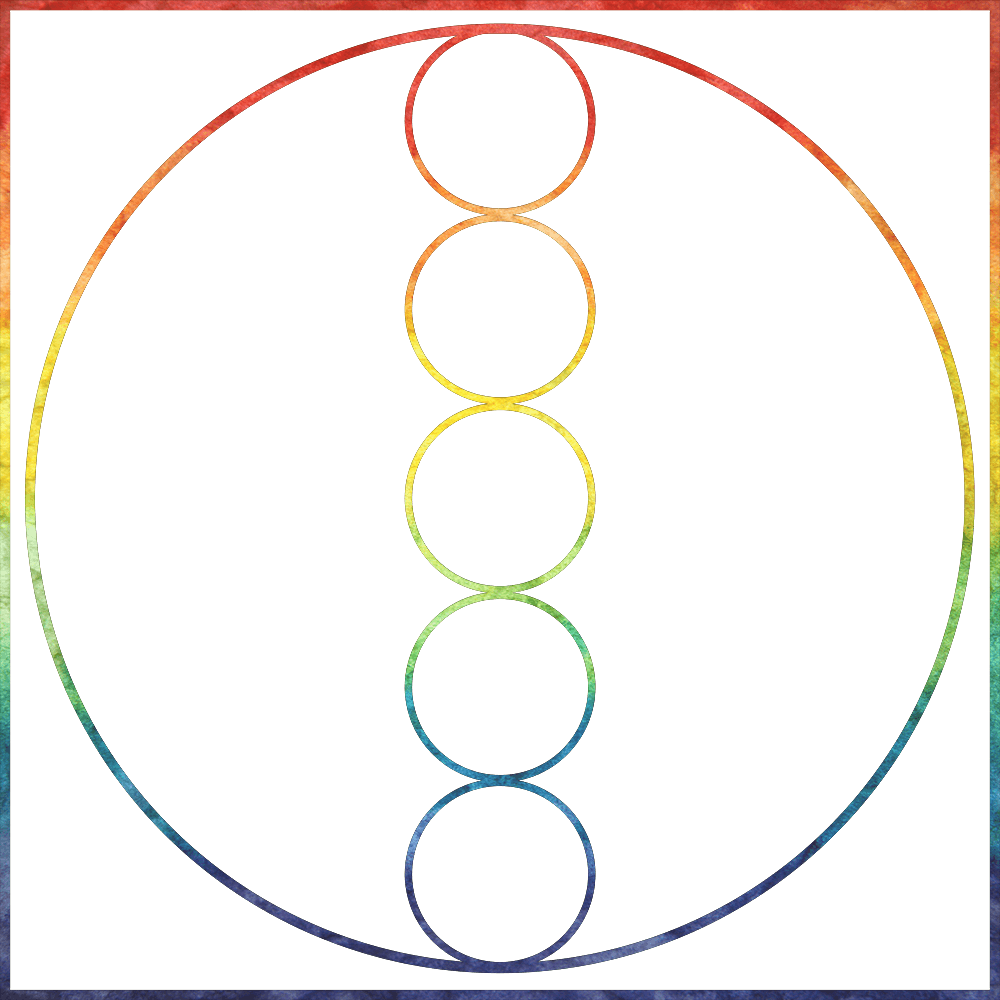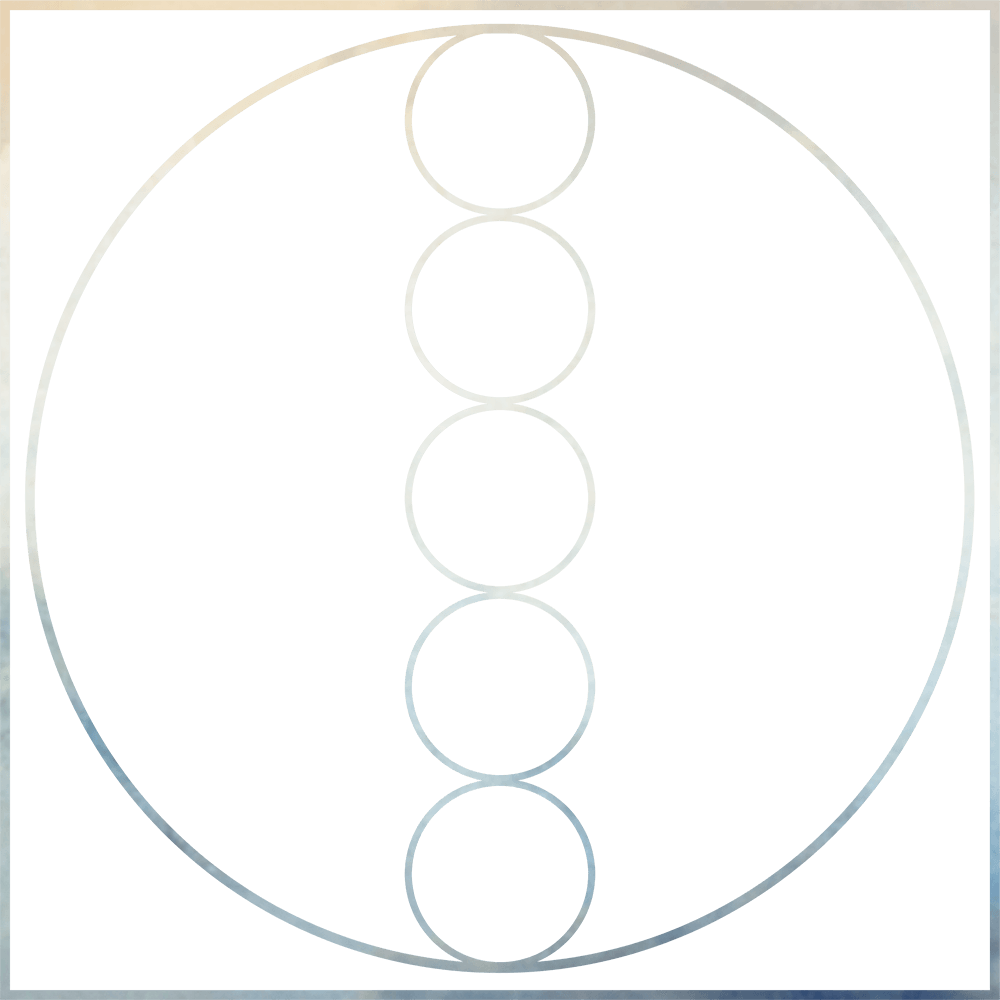Karma: The bird and its shadow
The 8th Century Tantric Buddhist adept, Padmasambhava, said, “If you want to know your future, look at your present; if you want to know your past, look at your present.” Essentially he is saying that we should not get wrapped up in predicting the future or dwelling on the past. Instead, if we look directly into our present life circumstances, we see how we are experiencing the ripening of karmas created in the past and how we will experience karmas ripening in the future. Padmasambhava’s statement is pointing us to a practical understanding of karma, the law of cause and effect.
In the Tibetan tradition of Tantric Buddhism, when one first begins to meditate, it is common to begin with various contemplations on topics such as karma, impermanence, our precious human life, and so on. Contemplating karma entails considering how our actions bear fruit. We can see through contemplating our own life that good thoughts, words and actions have brought about good results and that and negative thoughts, words, and actions tend to bring about bad results. Below are two quotes that illustrate the importance of understanding karma.
From the Sutra of Instructions to the King:
When the moment comes to leave, O King,
Neither possessions, friends nor family can follow.
But wherever beings come from, wherever they go,
Their actions follow them like their own shadow.
From the Treasury of Precious Qualities:
When the eagle soars up, high above the earth,
Its shadow for the while is nowhere to be seen;
Yet bird and shadow still are linked. So too our actions:
When conditions come together their effects are clearly seen.
When a bird takes off and flies high above the earth, its shadow seems to disappear, but that does not mean that the shadow no longer exists. Similarly, even though we cannot see the effects of our actions immediately, we carry the energy of the karmas we have created. An understanding of karma, confronts us with the knowledge that we are responsible for our lives. Robert Svoboda’s guru, Vimalananda, said “If it is your karma to have a stone hit you on the head in this lifetime, it will, but it is also your karma that determines whether it will be a pebble or a boulder.” This means that we will reap certain karmas that we have sowed in the past, but in this moment, by creating positive karmas and purifying negative ones we can minimize, if not eliminate, the negative karmas of the past. Avoiding negative actions such as killing, lying, steeling and so on while engaging in positive actions such as protecting life, honesty, and generosity are all practical ways to cultivate a life filled with positive energy. I have often thought of karma as an internal constitution or compass. If the world’s leaders understood karma, so much suffering could be avoided. Karma appeals to our inherently self-centered way of being: Why would I hurt another if I don’t want to be hurt in turn? This is a healthy aspect of self-cherishing. Spending time contemplating karma and how it has played out in our lives certainly deepens our understanding of how to live skillfully.
Meditation is a more subtle way to pacify negative tendencies or karmas, particularly on the mental/emotional level. Resting in meditative equipoise creates the conditions for our inherently good nature to arise. And when we rest in our authentic nature, we rest in ‘rig pa’, meaning we rest in the awareness of the larger field of consciousness—this has a natural purifying and healing effect. Now, even scientists have found that when we drop into a relaxed state, biologically it gives us access to the front brain where intuition and wisdom dominate, whereas when we are stressed out, the circulation in the front brain is restricted and the blood flow is shunted to the hindbrain where reactive and defensive patterns dominate.
The practice of settling the body, speech and mind in their natural state is a preliminary practice for Shamatha (Meditative Quiescence) practice, and a precursor to the more advanced practices found in Dzogchen (Great Perfection) in particular. This practice teaches us how to rest in our natural, uncontrived way of being that is inherently clam, reflective, wakeful, luminous and blissful. This is our natural state, free of distraction, free of grasping.
Shakya Shri Jnana, a Dzogchen master, instructs on the practice below:
Like a bundle of straw when a string has been cut, leave your body in whatever way you are comfortable and at ease.
Like the strings of a sitar that have been severed, leave your voice in its natural state—uninvolved in mundane conversation, mantra recitation, and the deliberate focusing on the channels and energies.
Like a water mill where the water has been diverted, leave your mind in its natural state—without straying from the natural state in which the empty and cognizant awareness is unimpaired. Do not try to do anything at all even though thoughts of the three times of past, present, and future may stir. In this way, transcend into the state in which they exhaust themselves within the nature of the dharmata.[1]
Dharmata means ‘suchness’ or ‘thatness.’ One scholar describes it in this way: “We know we are experiencing the ‘thatness’ of reality when we experience something and say to ourselves, ‘Yes, that’s it; that is the way things are.’ In the moment, we recognize that reality is wondrously beautiful but also that its patterns are fragile and passing.”[2]
[1] The Vital Essence by Shakya Shri Jnana. From his collected works (Boudhanath: Rangjung Yeshe Publications, 2004)
[2] Molloy, M. “Experiencing The World’s Religions.” page 130. Mayfield Publishing Co., 1999.



